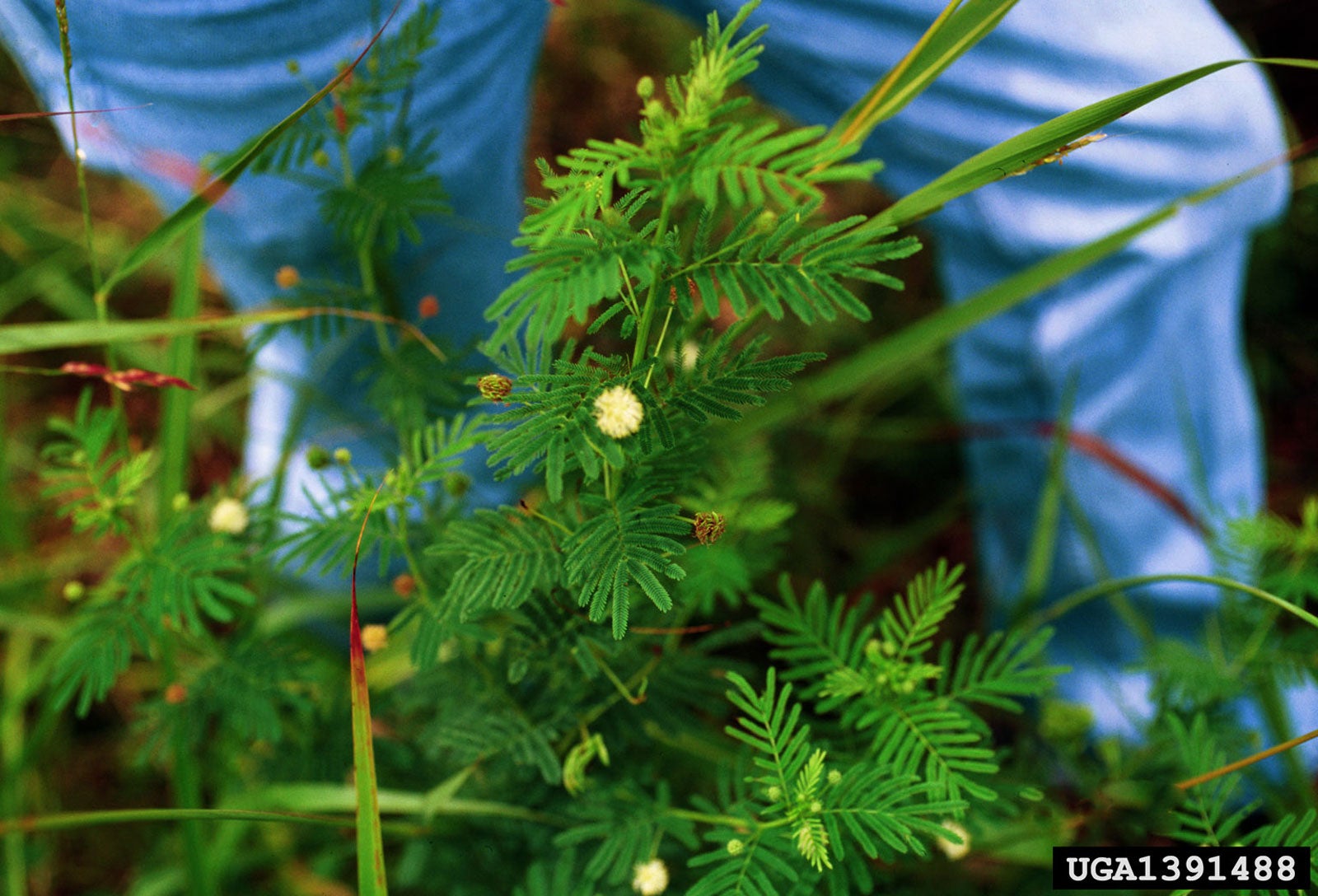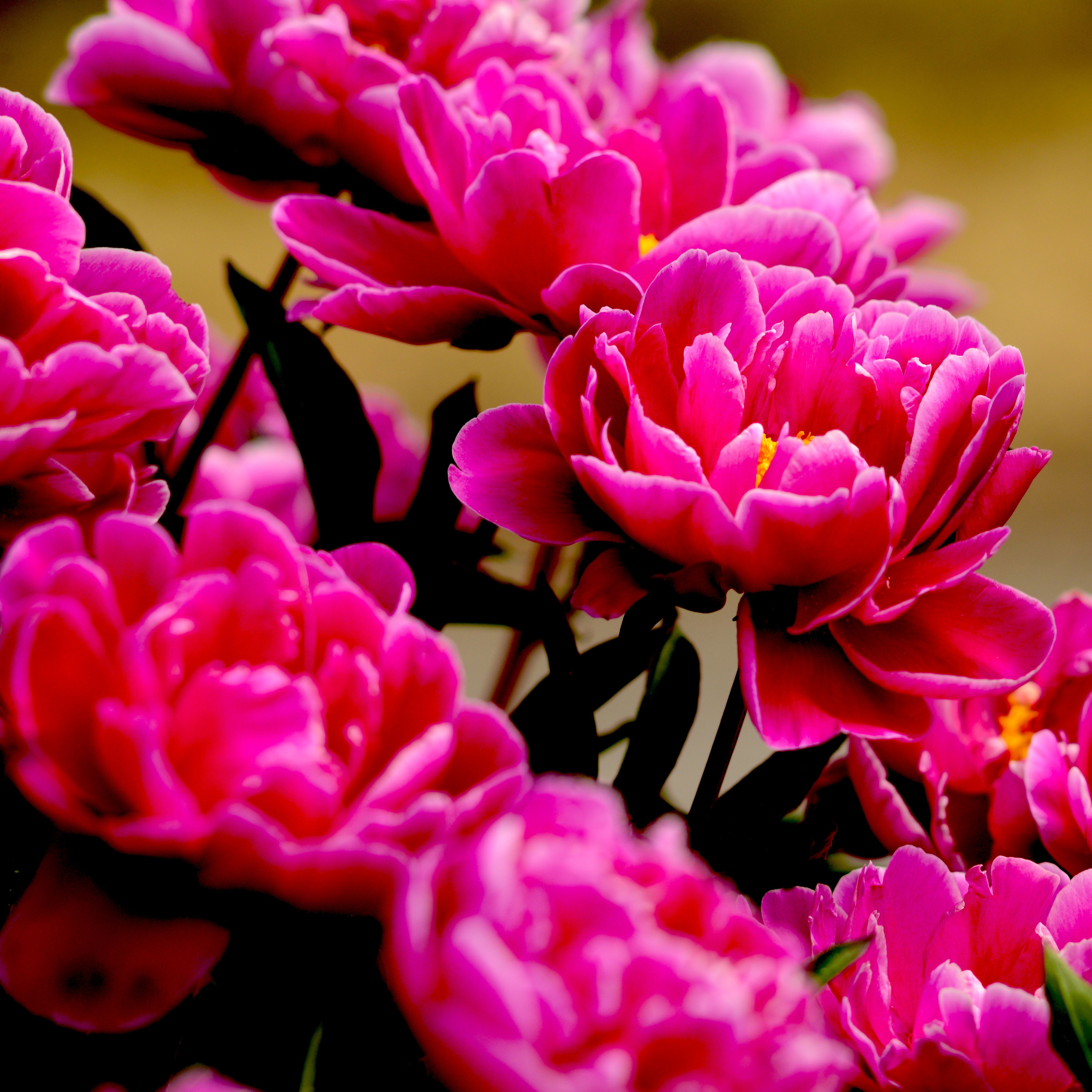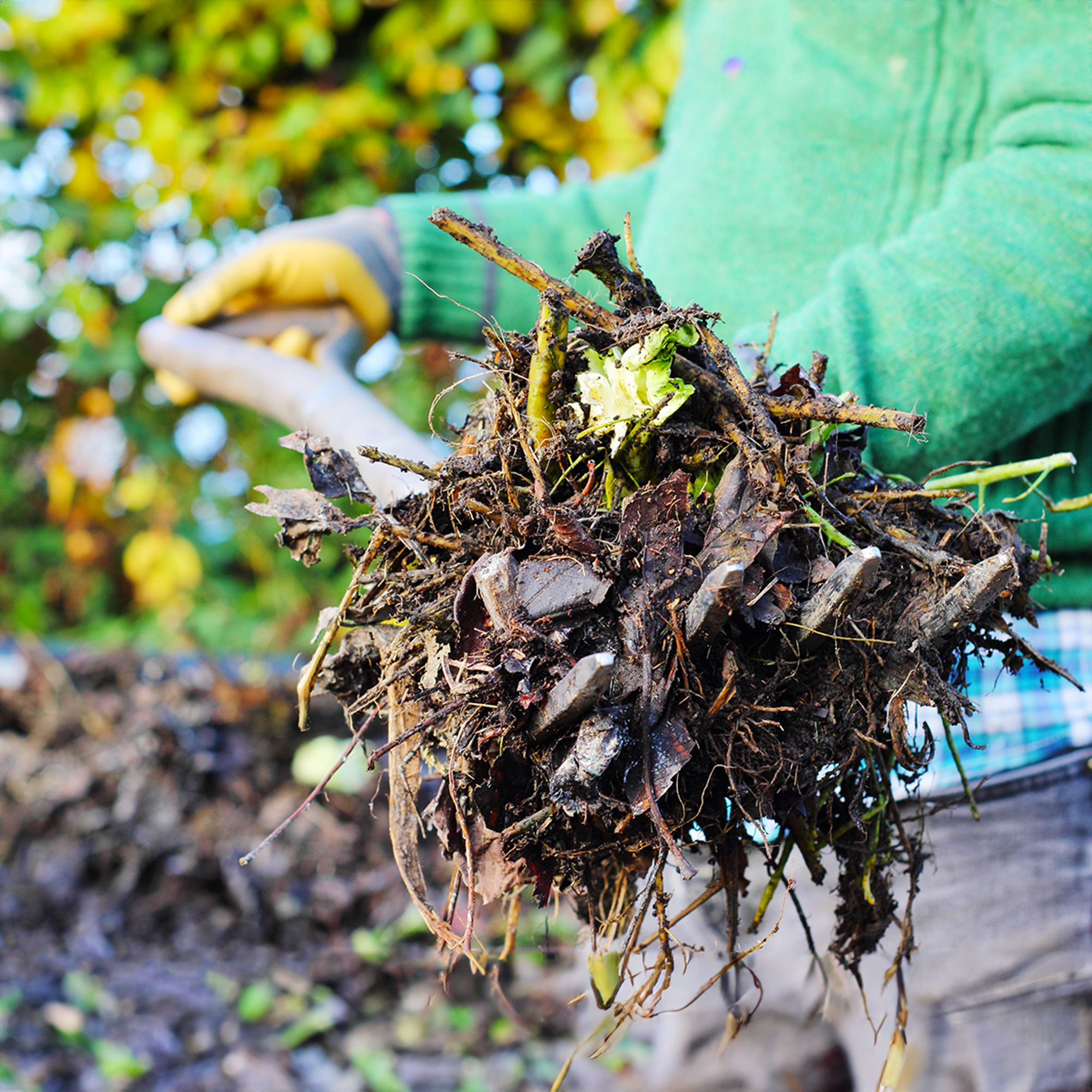Illinois Bundleflower Facts – What Is A Prairie Mimosa Plant


The prairie mimosa plant (Desmanthus illinoensis), also known as Illinois bundleflower, is a perennial herb and wildflower that, despite its common name, is native to most of the eastern and central U.S. This is a great plant for native, wildflower, and prairie gardens as well as forage and food for livestock and wildlife.
Illinois Bundleflower Facts
Prairie mimosa wildflowers are native perennial herbs. They can grow up to 3 feet (91 cm.) tall. The flowers are small and round with white petals. The leaves are like other members of the mimosa family – alternate, compound, and bipinnate, giving the leaves a fern-like appearance. It is a legume, so prairie mimosa enriches soil with nitrogen.
You’ll mostly see Illinois bundleflower growing in meadows or prairies, in disturbed areas, along roadsides, and generally in any type of grasslands. They prefer full sun and soil that drains well and is dry to medium dry. Prairie mimosa tolerates drought and many types of soil.
Growing Prairie Mimosa
Grow prairie mimosa for wildlife for forage, or as part of a native prairie garden. It is not the best choice for more formal beds or for shady, wet, and forested areas. All kinds of animals eat these plants, and the seeds are a good source of protein for all kinds of livestock and wild animals. They also provide cover for smaller wildlife.
If you want to grow Illinois bundleflower, it’s easy to do from seed. You should be able to find seeds easily too. Sow the seeds to a depth of a little less than an inch (2 cm.) in spring. Water regularly until the seeds sprout and grow larger.
Once established, this plant is low maintenance. If it is growing in the right conditions, with drier soil and full sun, you shouldn’t need to do much to keep it growing. Pests and disease usually minor issues with prairie mimosa.
Gardening tips, videos, info and more delivered right to your inbox!
Sign up for the Gardening Know How newsletter today and receive a free copy of our e-book "How to Grow Delicious Tomatoes".

Mary Ellen Ellis has been gardening for over 20 years. With degrees in Chemistry and Biology, Mary Ellen's specialties are flowers, native plants, and herbs.
-
 Grow ‘Karl Rosenfield’ Peony Plants For The Ultimate Frilly Border Beauties And Cut Flowers
Grow ‘Karl Rosenfield’ Peony Plants For The Ultimate Frilly Border Beauties And Cut FlowersFor frilly double magenta peony petals infused with a heady fragrance, grow ‘Karl Rosenfield’ peony plants. Here’s how to cultivate the ultimate plushy blooms
By Tonya Barnett
-
 10 Common Composting Problems That Can Spoil Your Garden Gold – Plus Easy Fixes
10 Common Composting Problems That Can Spoil Your Garden Gold – Plus Easy FixesLearn how to troubleshoot common composting issues before they ruin your stash – from bad smells and bugs to materials not breaking down as they should.
By Susan Albert